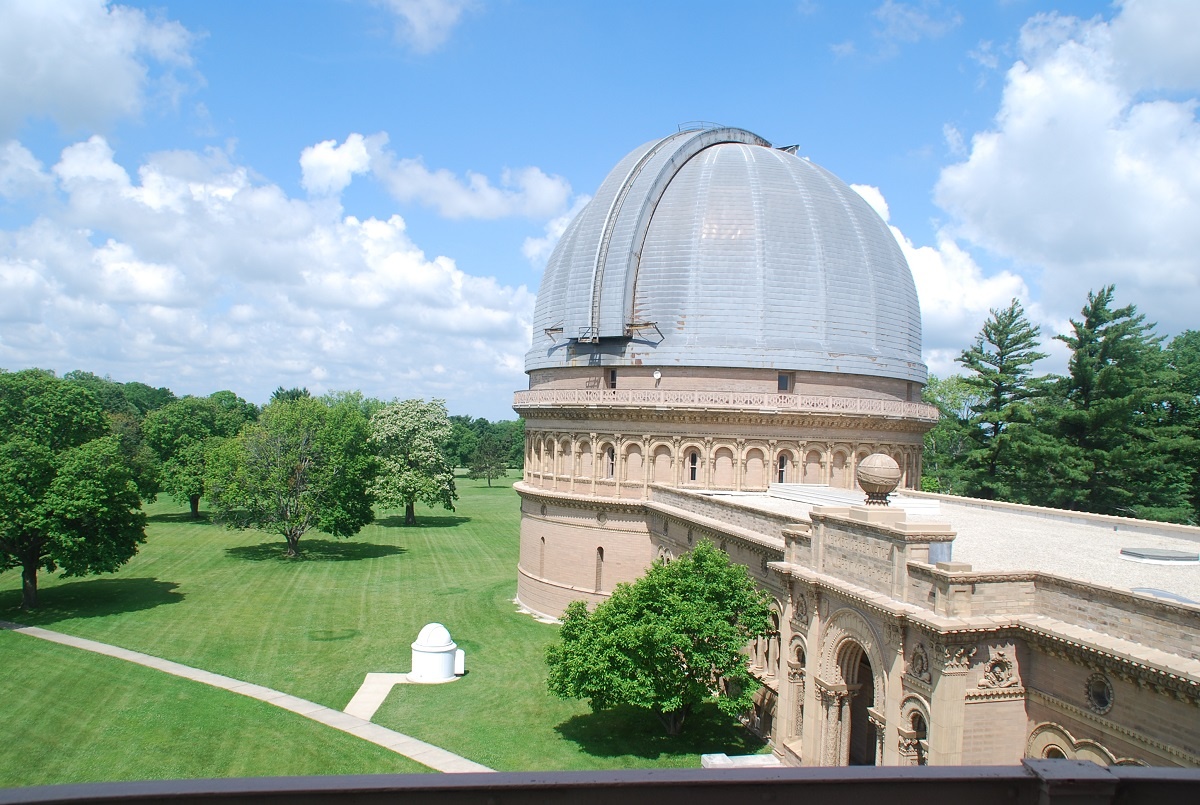A new process highlights an innovative way to get old glass plates online… and turned up a potential extra-galactic discovery over a century old.
You never know what new discoveries might be hiding in old astronomical observations. For almost a hundred years starting in the late 19th century, emulsion-coated dry glass plate photography was the standard of choice used by large astronomical observatories and surveys for documenting and imaging the sky. These large enormous glass plate collections are still out there around the world, filed away in observatory libraries and university archives. Now, a new project shows how we might bring the stories told on these old plates back to light.
Continue reading “Low-Cost Approach to Scanning Historic Glass Plates Yields an Astronomical Surprise”


